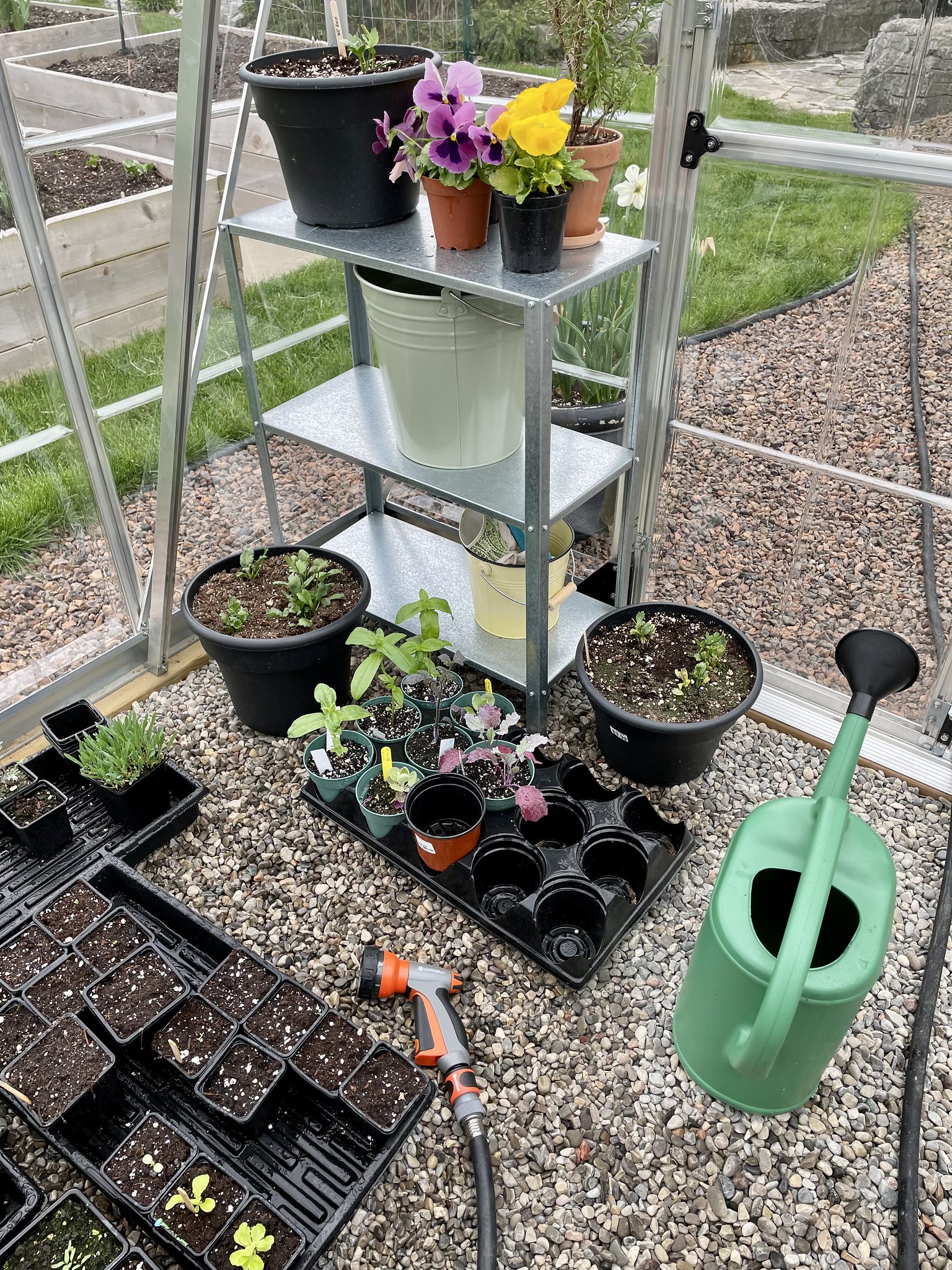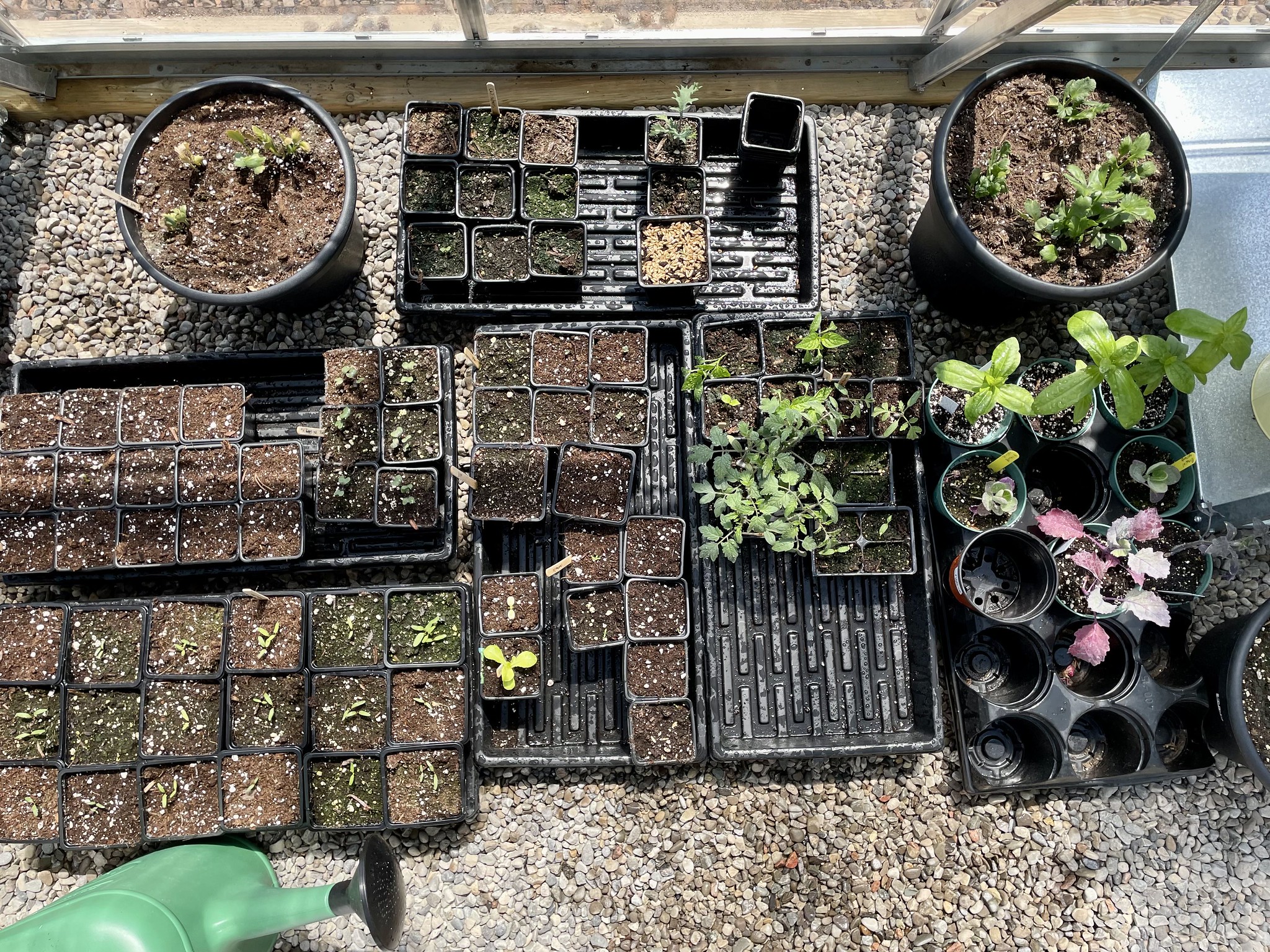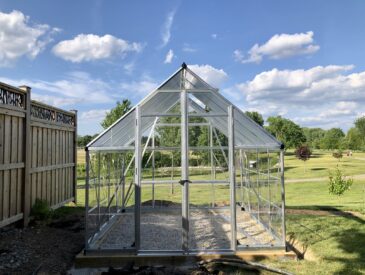When deciding where to put a greenhouse in your backyard, there are several factors to consider. The location of your greenhouse can have a significant impact on its effectiveness, so it’s essential to choose the right spot. Here are 8 things to keep in mind as you select a site for a backyard greenhouse.
8 best tips for building a polycarbonate backyard greenhouse kit
Sunlight
Sunlight is one of the most important factors to consider when choosing a location for your greenhouse. Your greenhouse needs to be in an area that receives plenty of direct sunlight throughout the day. This is especially important during the winter months when sunlight is scarce. A good rule of thumb is to place your greenhouse in an area that gets at least six hours of direct sunlight each day.
To determine the sunniest spot in your yard, you can use a sun chart or a sun app. These tools can help you identify areas that receive the most sunlight throughout the day. They take into account factors such as the position of the sun, the time of year, and any obstructions such as trees or buildings.
When selecting a site for a backyard greenhouse, you’ll also want to consider the orientation of the structure. In general, a greenhouse should face south to maximize the amount of sunlight it receives. If your yard doesn’t have a south-facing spot, you can still position your greenhouse to receive as much sunlight as possible by using reflective materials or shading devices.
Wind
Another important factor to consider when selecting a site for a backyard greenhouse is wind. Strong winds can damage your greenhouse, especially if it is a lightweight plastic structure. Polycarbonate greenhouses and polyethylene hoop house have a low weight-to-surface-area ratio. They can be prone to blowing away or collapsing if they are not secured well enough. High winds can also make it difficult to maintain a consistent temperature inside. Therefore, you’ll want to choose a location that is sheltered by trees, buildings, or other structures. If you don’t have any natural windbreaks in your yard, you can create your own using fencing or other materials.
You’ll also want to consider the direction of prevailing winds in your area. This will help you determine the best location for your greenhouse and any additional windbreaks you may need to install.
If your greenhouse is located in a particularly windy area, you may need to invest in sturdier materials or structural supports to ensure it can withstand the wind. There are some great examples online from folks who have built relatively inexpensive Harbor Freight polycarbonate greenhouses and reinforced them with a wooden frame to keep them secure. Check out this Harbor Freight Greenhouse sharing group for some ideas.

Water
Water is essential for the health and growth of your plants. When choosing a location for your greenhouse, you’ll want to make sure it’s close to a water source, such as a hose or a rain barrel. You’ll also want to consider drainage. Your greenhouse should be located on a slight slope to ensure proper drainage, so water doesn’t accumulate and cause damage to your plants or the greenhouse structure.
In addition to a water source, you’ll also want to consider irrigation. Depending on the size and complexity of your greenhouse, you may need to install an irrigation system to ensure your plants receive the right amount of water. This system should be designed to work with your greenhouse’s drainage system to prevent water from accumulating and causing damage.
Electricity
If you plan to use electricity to power heaters, fans, or other equipment in your greenhouse, you’ll need to choose a location that is close to an electrical outlet. If there isn’t an outlet nearby, you may need to run an extension cord or hire an electrician to install a new outlet.
In addition to power outlets, you’ll also want to consider lighting. Depending on the location of your greenhouse and the amount of natural light it receives, you may need to install additional lighting to ensure your plants receive enough light to grow. You might also choose to install task lighting if you want to be able to work in your greenhouse after dark. Landscape lighting and ambient lighting can also contribute to the aesthetics of your greenhouse.
Soil
The soil in your yard can also play a role in where you place your greenhouse. Ideally, you want to choose a location with good soil that is free from rocks and other debris. This will make it easier to prepare the site for your greenhouse. If you plan to plant directly in the ground inside your greenhouse, the quality of the soil is even more critical. If you plan to use the greenhouse space for potted plants only, it’s less important, but it must still be suitable for construction.
Access
When selecting a site for a backyard greenhouse, you’ll want to make sure it’s easily accessible. You’ll need to be able to move plants and supplies in and out of the greenhouse without difficulty. If it’s a double-door design, you should keep the area in front of both doors clear to allow movement in and out. Consider what types of tools you’ll be using – for example, a wheelbarrow will require enough space to maneuver. Also consider where the greenhouse will sit relative to existing garden infrastructure such as raised beds, pathways, and compost piles. Ideally, it should not be located far from these things.

Aesthetics
Some greenhouses, such as glass conservatories and their polycarbonate relatives, are designed to be just as lovely to look at as they are practical. These structures deserve pride of place in your yard and should be situated where you can enjoy seeing them. Other greenhouses, such as some hoop houses, are meant to be more functional than beautiful. You might be happier having the view of these structures screened from the main living space on your property.
Privacy
Finally, you’ll want to consider privacy when choosing a location for your greenhouse. Depending on the size and location of your greenhouse, it may be visible from the street or neighboring properties. If privacy is a concern, you can choose a location that is screened by trees, shrubs, or fencing.
In conclusion, when deciding where to put a greenhouse in your yard, it’s important to consider factors such as sunlight, wind, water, electricity, soil, access, aesthetics, and privacy. By taking these factors into account, you can choose a location that provides the optimal growing environment for your plants and makes it easy for you to maintain and enjoy your greenhouse.



[…] How to select a site for a backyard greenhouse […]